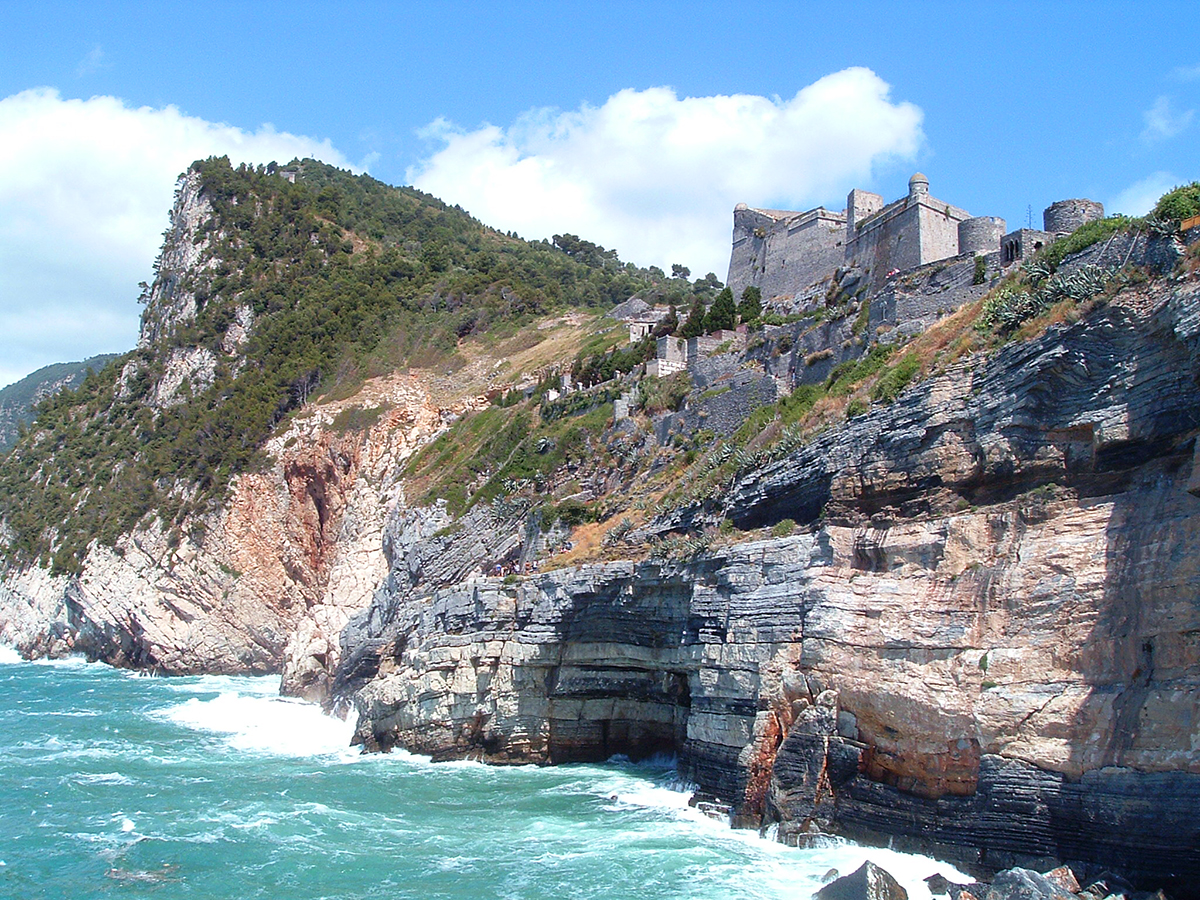
Portofino
Portofino is a famous and prestigious tourist resort on the Riviera di Levante. The settlement, which has no beach, overlooks the small port that is always crowded with several boats and is surrounded by dense vegetation consisting of olive trees, holm oaks, pines, and cypresses on the surrounding slopes. The living area overlooking the small bay with an uninterrupted and striking array of brightly colored dwellings retains intact the charming characteristics of a small Ligurian seaside village. he Mount of Portofino, with its splendid inland routes, was recognized as a Regional Nature Park in 1977, although according to some "critics" the necessary improvements for greater functionality of the protected area were not made.
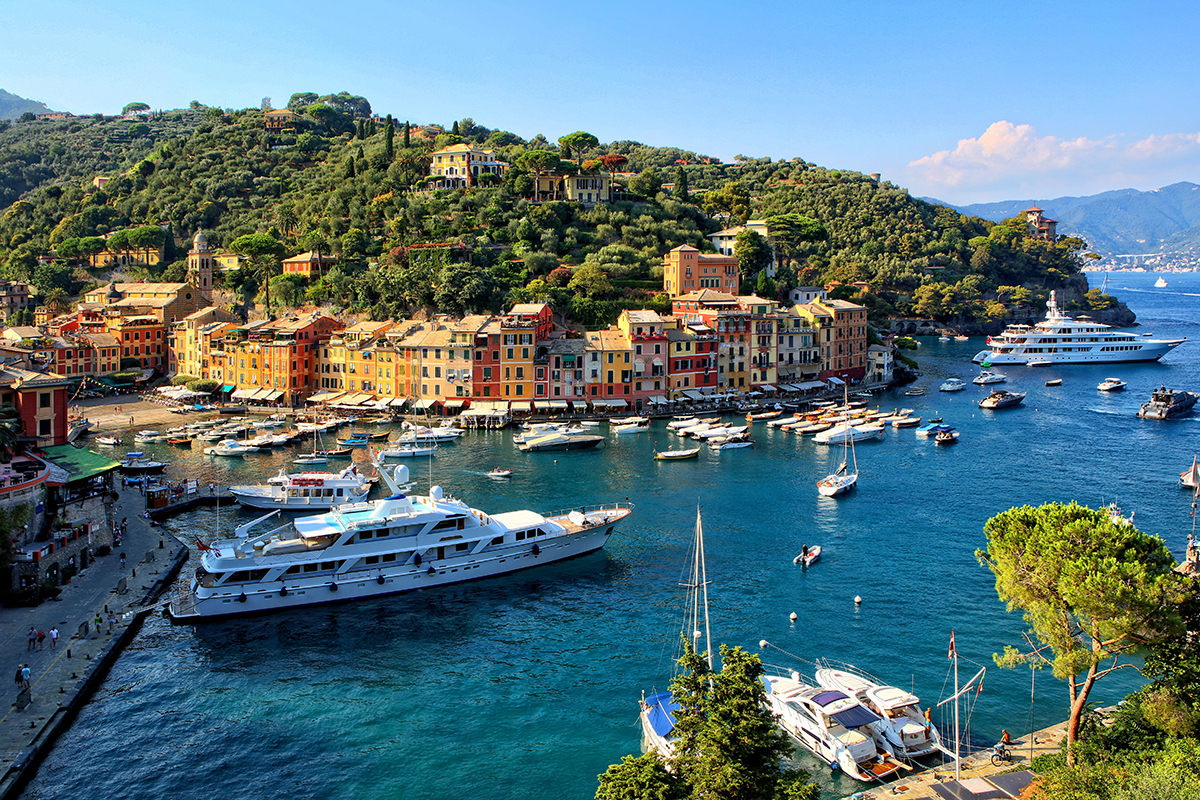

Camogli
Camogli is a beautiful village overlooking Paradise Gulf on the eastern Ligurian Riviera. A typical seaside village characterized by tall, brightly painted houses that captivate the eye. A romantic place, nestled in a magnificent natural setting, which for centuries has enchanted tourists from all over the world in search of relaxation, culture, sea and good food. The village initially devoted to maritime and commercial activities over the years has developed some characteristic handicraft activities such as spinning, weaving and dyeing of fabrics.
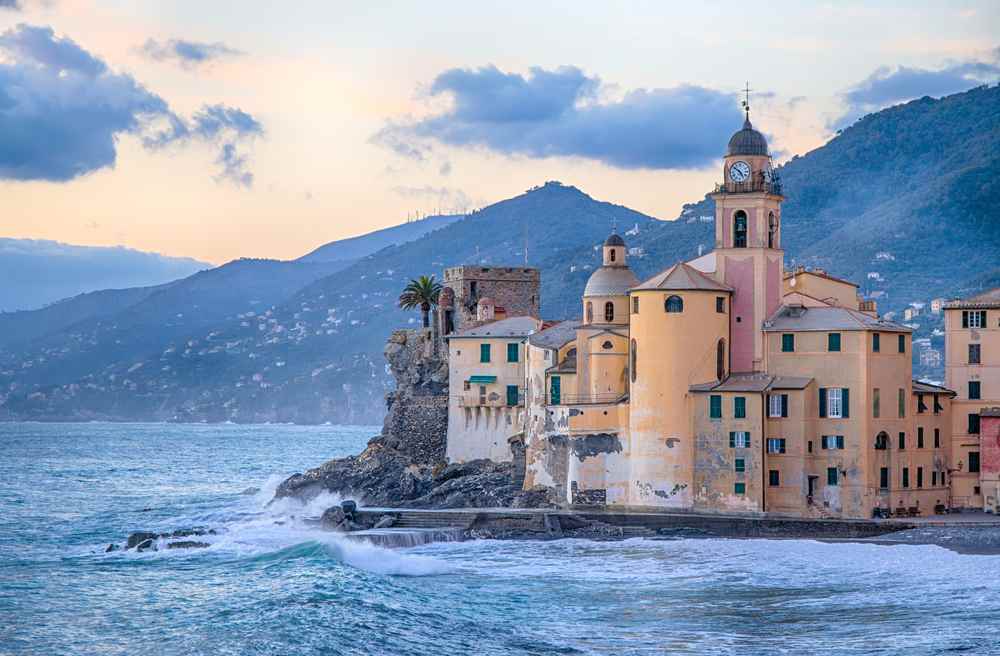

San Fruttuoso
Between Camogli and Portofino, in a deep inlet in the rugged coastline of the Portofino Promontory, stands the famous Abbey of San Fruttuoso di Capodimonte in the intact seaside village of the same name. After the first monastic attendance, the complex of San Fruttuoso di Capodimonte was a humble fishermen's dwelling, often a pirate's den, then the property of the Doria Princes for centuries: an absolutely unique place where the work of man has happily integrated with that of nature. The 10th-11th-century monastic complex with the Cloister, Chapter House, and Church; and the Doria tombs and the 13th-century Gothic sea body can be visited.
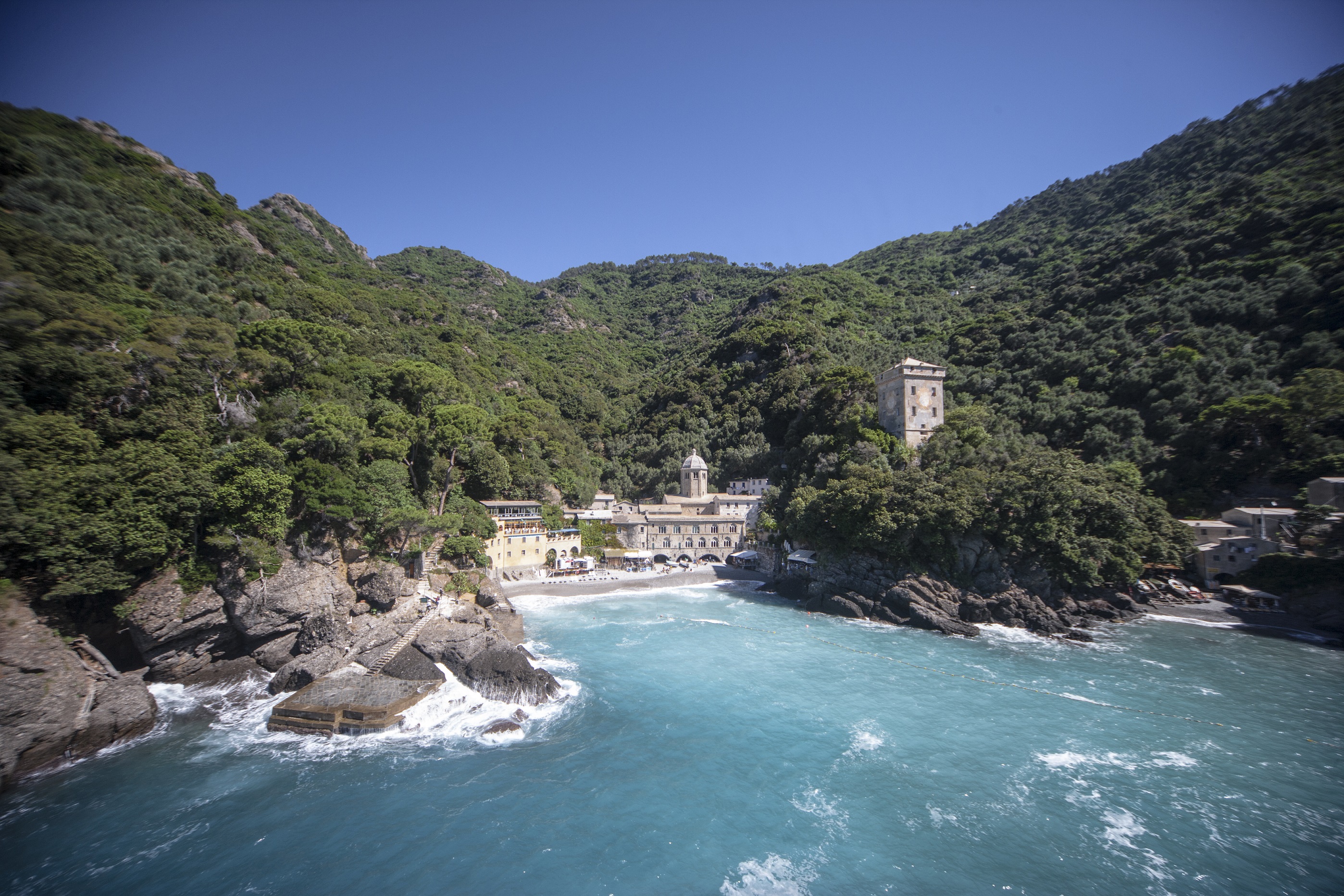

St. Margaret's
An important fishing port, Santa Margherita is also known for its red prawns, which are served in the best restaurants in the area and are popular with locals and tourists alike. It stands out for its elegance, the village of Santa Margherita Ligure, where every detail seems to have been drawn by the hand of a great artist who, to create this stupendous work of art, laid the colors of the sea on the palette. The buildings in the center enchant with their characteristic trompe l'oeil, the streets tell of their seafaring roots with the splendid risseu made from stones collected near the sea, and the small port, a stone's throw from the center, lives in the bustle of boats and fishing boats, amid the calls of seagulls and the greetings of fishermen.
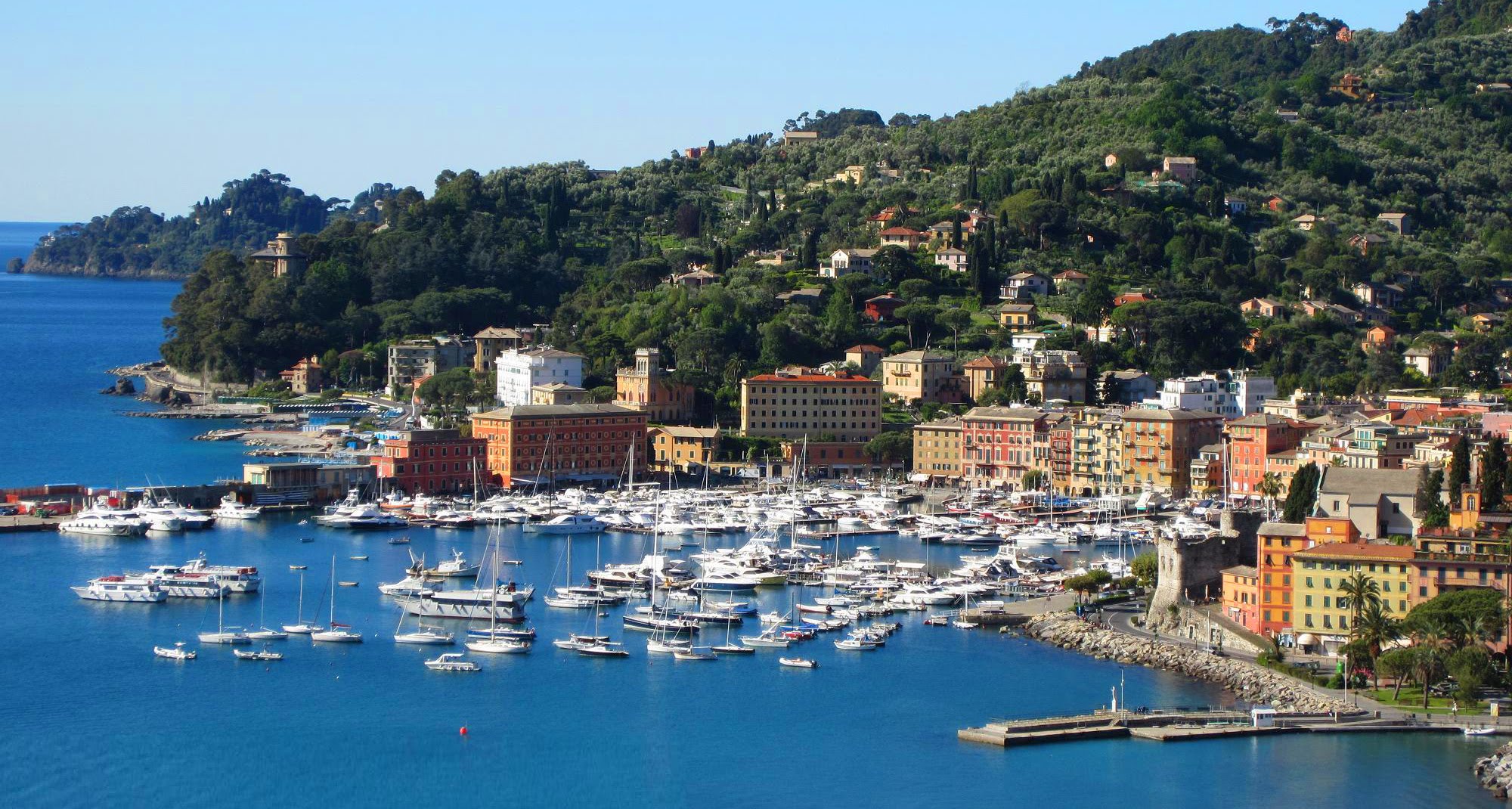

Sestri Levante
Sestri Levante is a municipality in the metropolitan city of Genoa in Liguria. The territory of Sestri Levante is located in the eastern Ligurian Riviera, and precisely it is one of the last localities facing east on the Tigullio Gulf, east of Genoa. Due to its geographic conformation it is referred to locally as the ``city of the two seas,'' as the historic center of Sestrese overlooks the two bays ``of Fables'' and ``of Silence.''
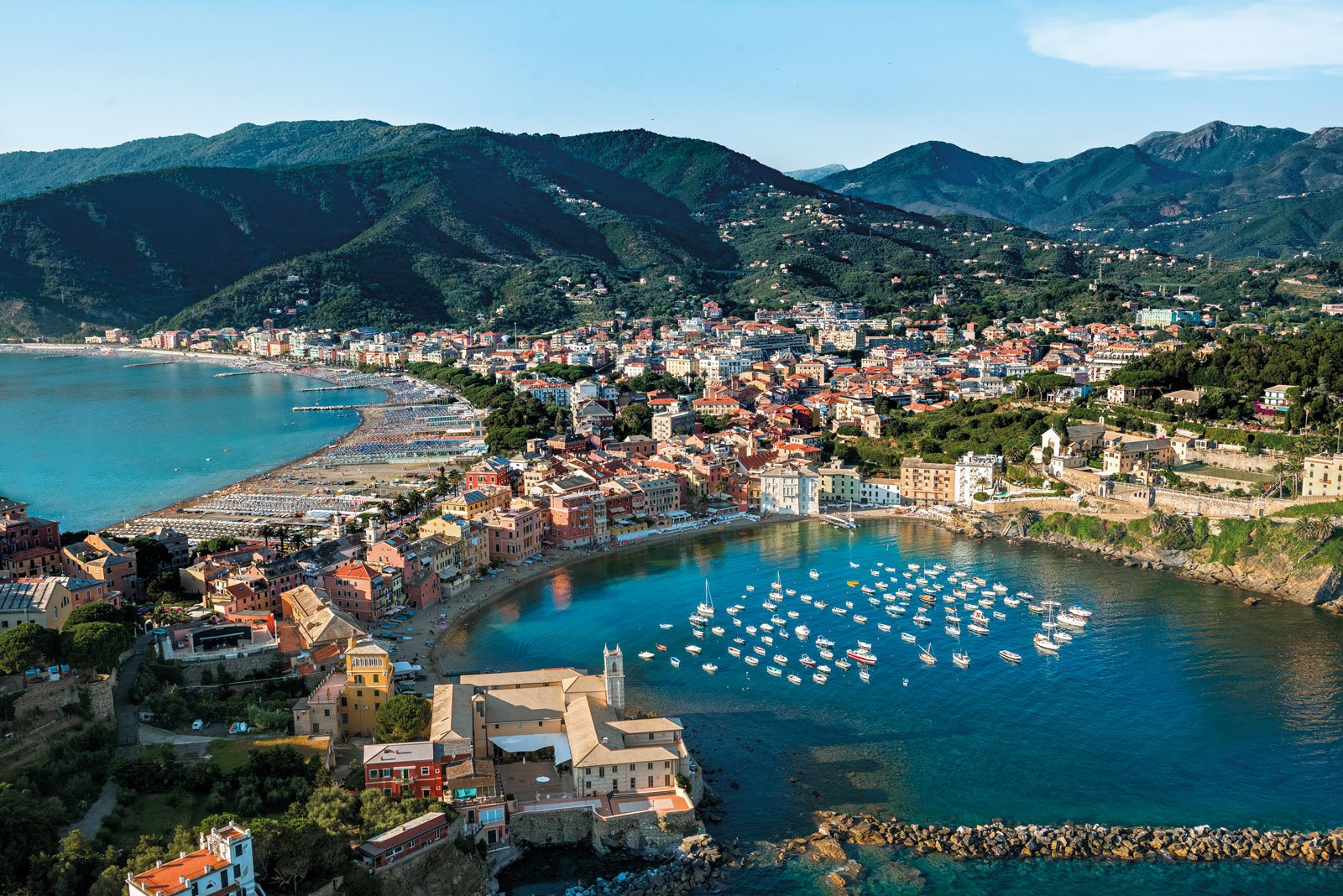

Rapallo
Rapallo is located in the Tigullio Gulf, between the two rivers Boate and San Francesco. As characteristic in Ligurian geography, which sees seaside cities with a hinterland that immediately rises steeply in altitude, Rapallo is surrounded by mountains even of a certain magnitude, such as the 801-meter Manico del Lume, and again Mount Pegge, Mount Lasagna, and Mount Caravaggio.
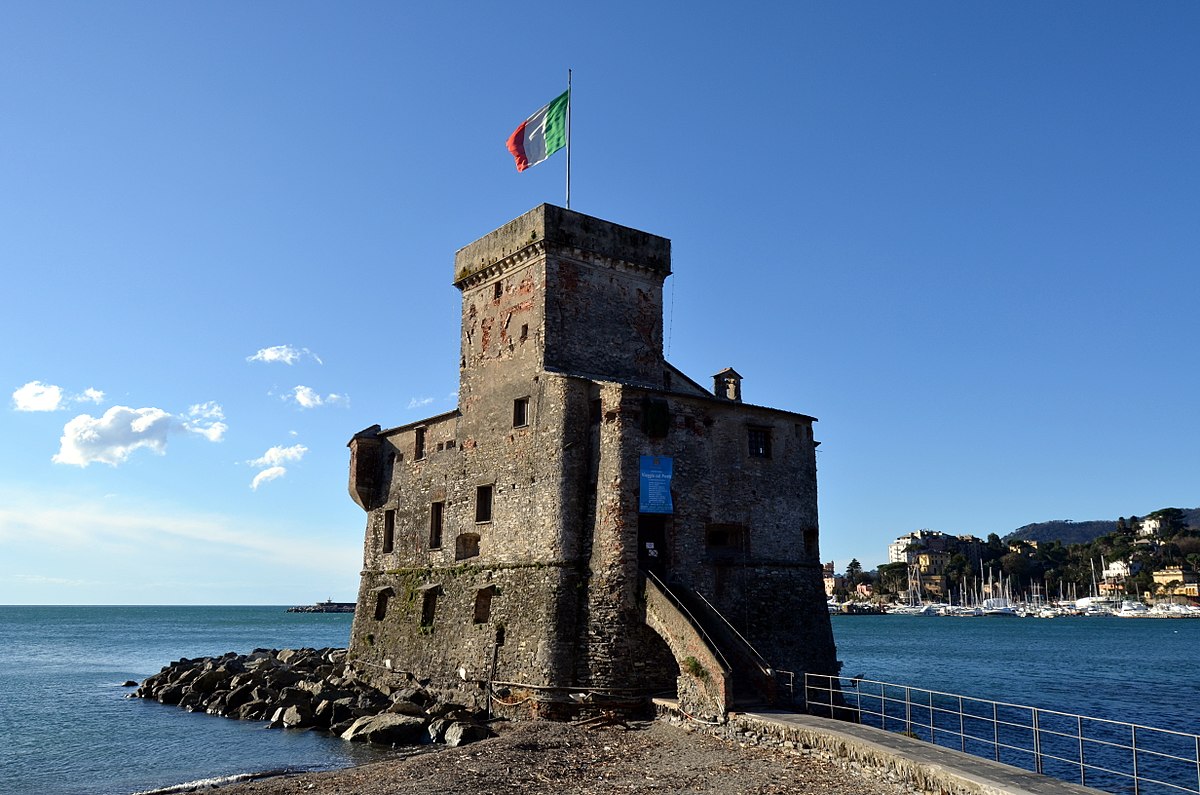

Five Lands
The Cinque Terre represent one of the most beautiful natural Mediterranean areas of Liguria in an approximately 10-km-long eastern coastal stretch characterized by the presence of five ancient villages overlooking the sea (Monterosso, Vernazza, Corniglia, Manarola and Riomaggiore). Isolated by nature from the main communication routes, they have been able to maintain their urban structure unchanged over the centuries, and thanks to the geographical characteristics of the territory where they are located, they constitute one of the most attractive tourist resorts in Liguria and lately in Italy. The naturally rough and rugged hilly terrain is softened by the construction of terraces that descend steeply to the sea.
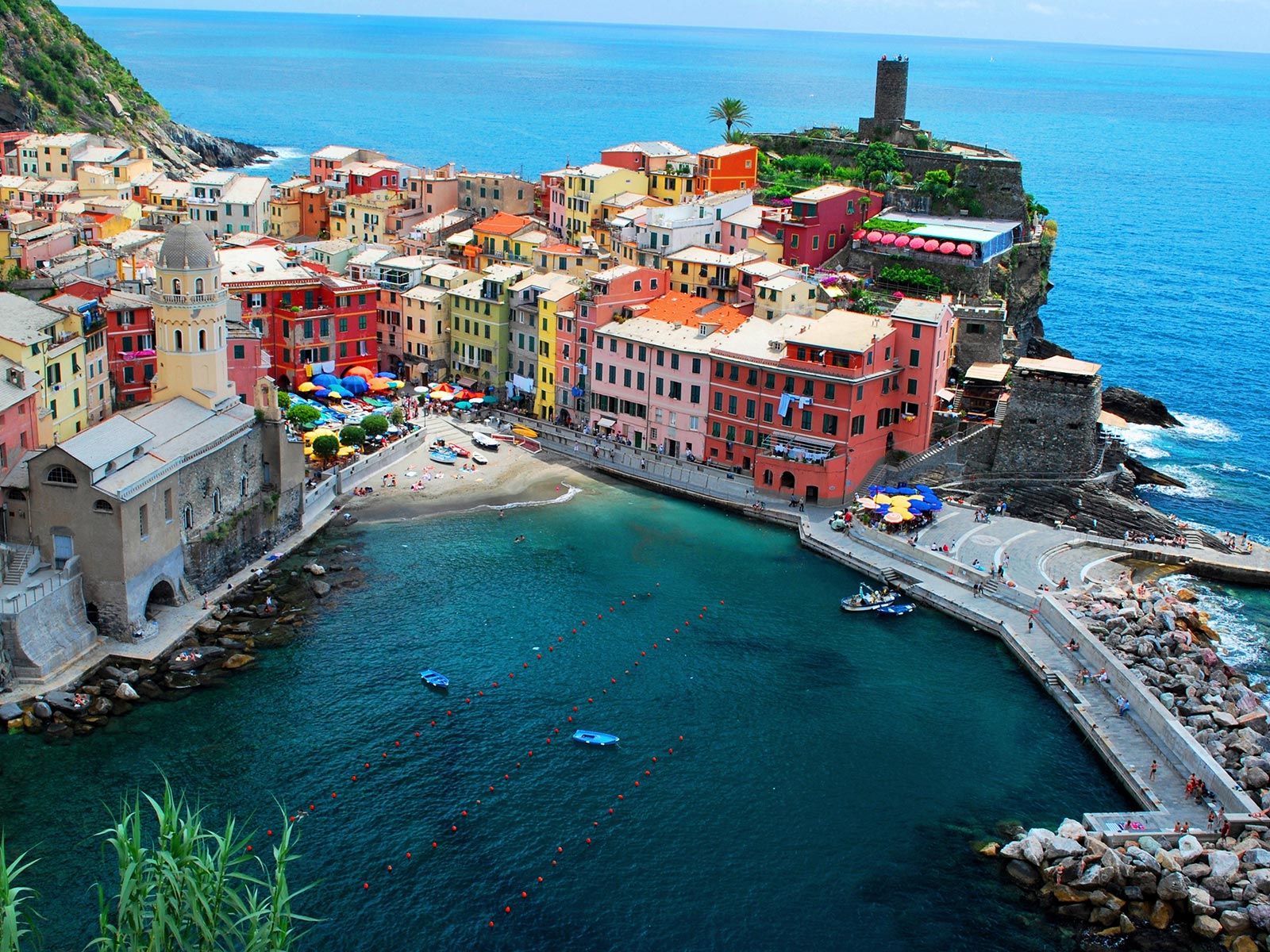

Deiva Marina
Situated between the two provinces of Genoa and La Spezia, to which it belongs, Deiva Marina displays both aspects that characterize these two areas: the ruggedness of the terrain, with sheer cliffs similar to those of the Cinque Terre, and a wide sandy beach, similar to those found in the Gulf of Tigullio. The town is divided into two parts: the historic center, characterized by small streets called "carruggi," the church of St. Anthony Abbot dating back to the 18th century and the defense tower from Saracen attacks, and the more purely tourist area called "La marina," with its seaside promenade, stores, typical restaurants, and beach.
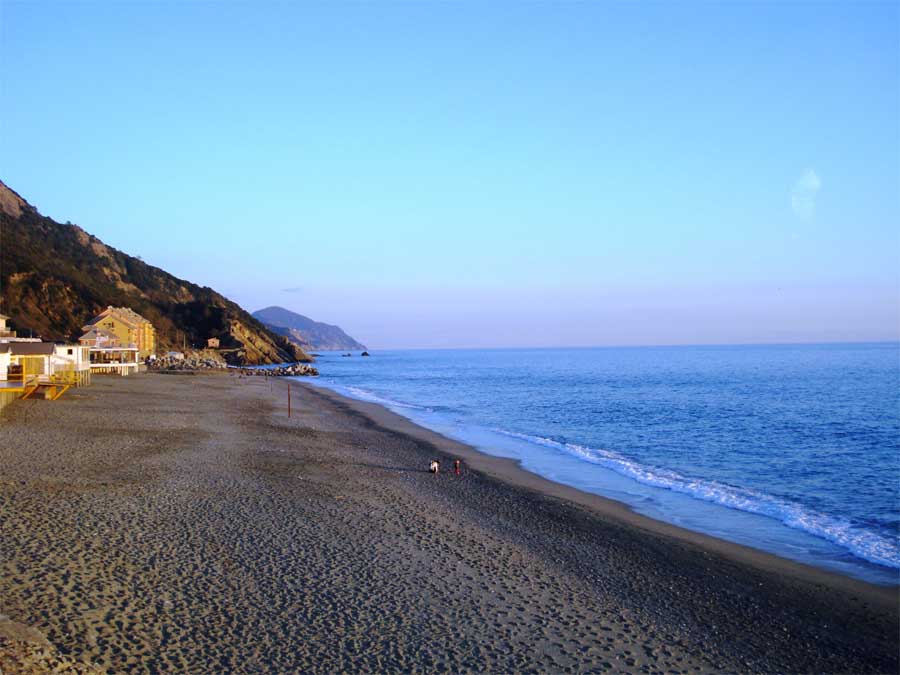

Framura
Five hundred inhabitants in all, Framura, with its steep terrain sloping down to the sea with stunning views, is a collection of small clusters of houses that retain the charm of bygone eras, while a few coves where you can swim and a tiny harbor where professional and amateur fishermen shelter their boats and equipment, a convenient train station and lots of greenery all around, make Framura a true paradise for lovers of nature, the sea, trekking, mountain-biking, art, history, and gastronomy.
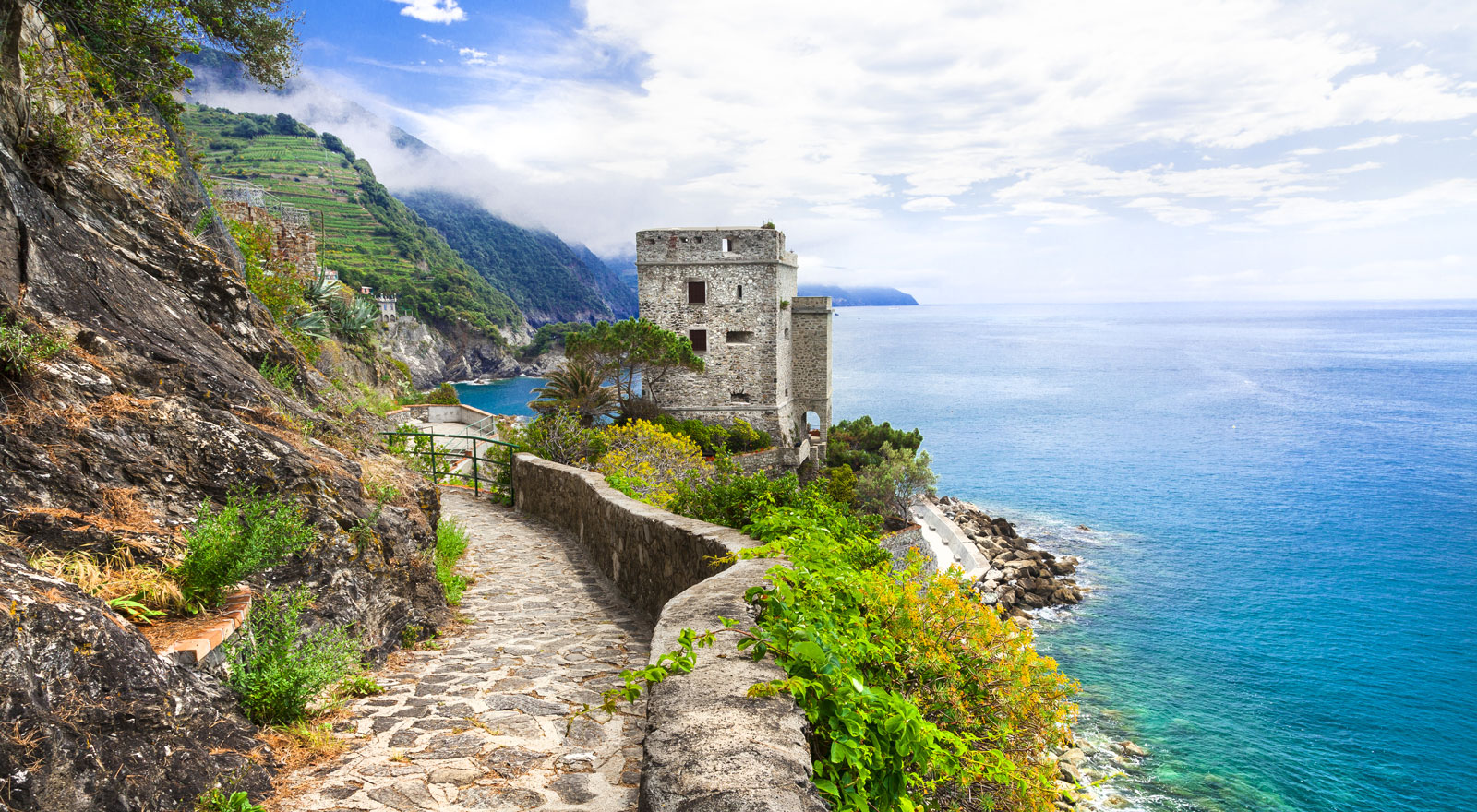

Paraggi
Paraggi is a small bay framed in green hills, located on the Riviera di Levante on the Portofino Promontory, about 33 kilometers from Genoa; because of its splendid location and the poetry of the place, in 2003 the cove and beach were included among the ``Locations of the Heart`` by Fai. The small natural harbor at the base of the Portofino Promontory has select, quiet beaches of fine white sand; the seabed is rich in corals, gorgonians, and other beauties, and already within a few meters it is not unusual to observe even sea urchins, starfish, and the occasional small, uncommon crustacean.
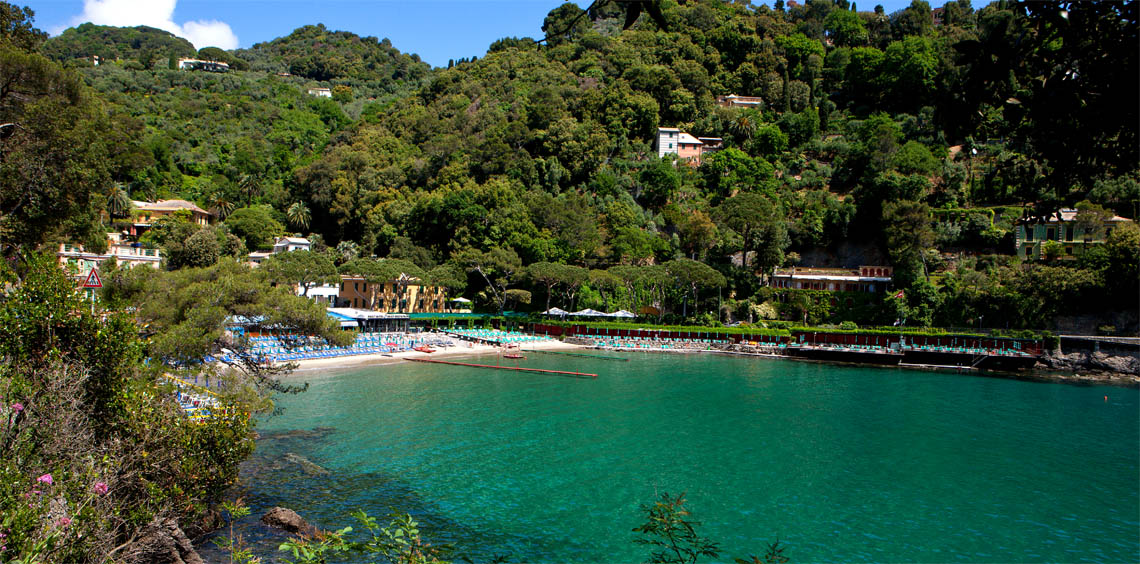

Porto Venere
Portovenere is a medieval village on the Ligurian Riviera located south of the Cinque Terre on the western shore of the promontory of the Gulf of La Spezia.Portovenere together with Lerici, one of the two extremes of the Gulf of Poets, represents a site included in the UNESCO World Heritage List. The houses overlooking the harbor are very characteristic, tall, narrow with strongly colored facades (red and yellow). On the promontory, clinging to the cliff near the Castle, is the 5th-century Church of St. Peter built on an ancient Roman temple. From the port of Portovenere boats leave daily for Cinque Terre and the three islands of Palmaria, Tino and Tinetto.
